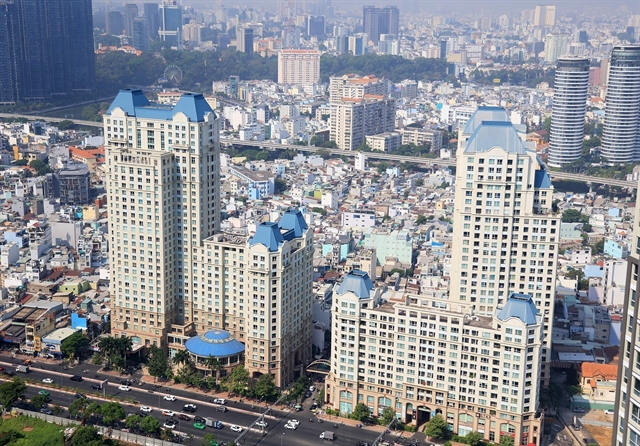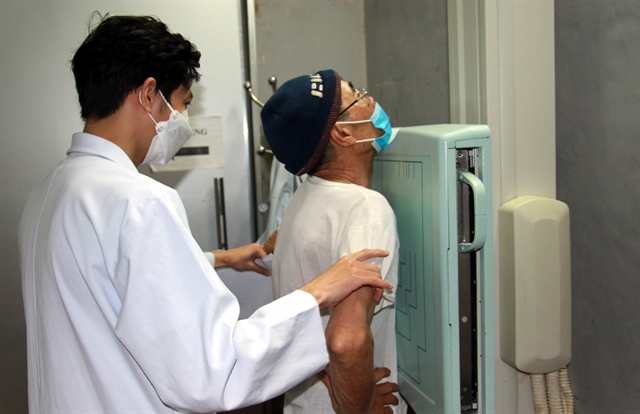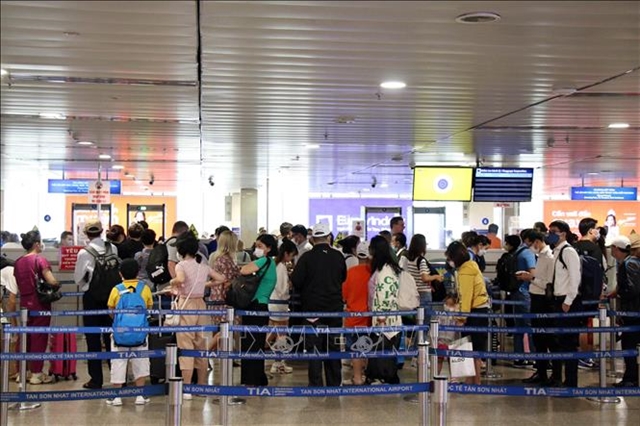 Opinion
Opinion
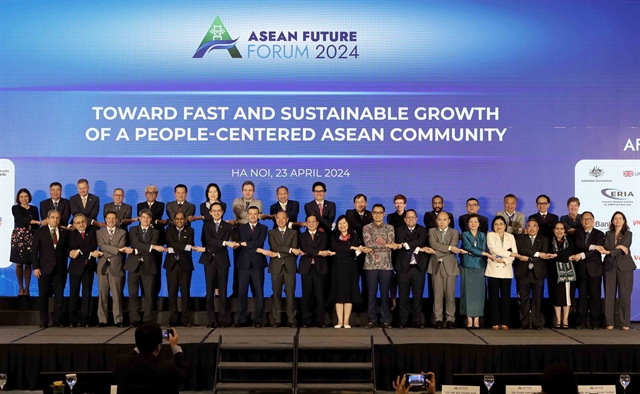
Director of the Việt Nam Chamber of Commerce and Industry’s branch in the Mekong Delta City of Cần Thơ Võ Hùng Dũng told Tuổi Trẻ (Youth) newspaper about measures to prevent mass migration from the Mekong Delta region to other localities to earn a living.
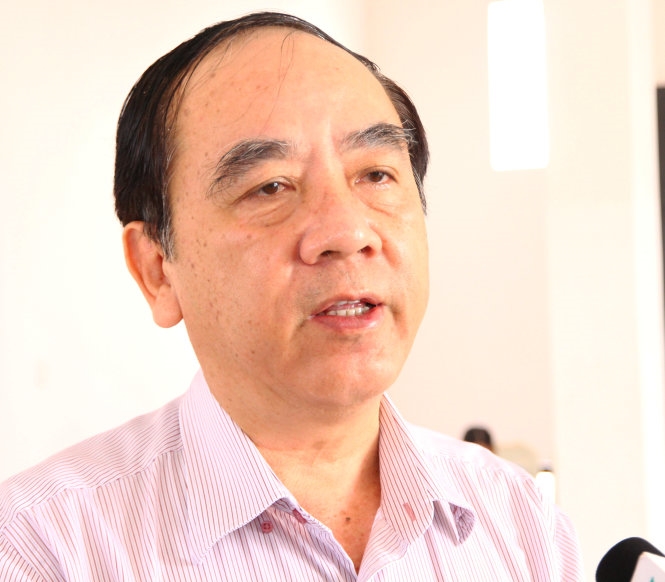 |
Director of the Việt Nam Chamber of Commerce and Industry’s branch in the Mekong Delta City of Cần Thơ Võ Hùng Dũng spoke to Tuổi Trẻ (Youth) newspaper about measures to prevent mass migration from the Mekong Delta region to other localities for jobs.
The problem of farmers from the Mekong Delta region relocating to other areas to seek employment has existed for many years. The key reason behind this is a lack of jobs in the region. In 1990s, the population in the region accounted for about 22 per cent of the country’s total population, but the number dropped to 19.5 per cent at present. This year, the number of farmers leaving the region increased because agricultural production in the Mekong Delta region has faced numerous difficulties caused by natural disasters and severe drought.
In your opinion, will attracting investment and building more factories to create jobs for local people in the Mekong Delta region be a key solution to deal with the migration issue?
Yes, I think so. This solution used to be employed by many localities in the region, but was not done resolutely because of the lack of clear or urgent issues that needed to be addressed. At that time, leaders of localities thought that our agricultural production was developing well with positive figures for farm produce exports, such as rice, fruits and seafood, which covered existing problems that they thought were not urgent. Based on this concept, we always felt proud of the country’s achievement in rice exports when talking about agricultural production. However, issues relating to the migration of local farmers to other areas due to the employment shortage received little attention.
Similarly, all localities need to attract investment, but many of them did not treat it as an urgent issue.
Now, when farmers start to abandon their fields en masse, localities find it an urgent issue to attract investors to open more factories and create more jobs for local farmers. However, they should look at themselves to see whether they are prepared to draw investors. In order to attract investors, localities should meet several conditions such as having a good infrastructure system and ensuring investors that they will have enough human resources and can produce good quality products. But now localities do not have enough workers and investors will question whether they can handle the human resources issue when they set up factories here.
Which sector do you think is the most feasible to attract investors at present in order to create jobs for local people?
Recently, the Mekong Delta region’s infrastructure system was shown to have improved considerably, with projects linking the Cần Thơ international airport with Hà Nội and big cities, and roads to help shorten the travel time between HCM City and localities in the region like Cần Thơ, thereby creating more conditions to attract investors.
Together with improvements in infrastructure, there are some projects such as hydropower projects along the coast, seaports and logistics that localities can use to attract investors. They should also attract investors in sectors that can create jobs for local people such as garments and textiles.
In recent years, localities have called on investors both inside and outside the country, but why does the number of businesses that invest in this region still fall short of expectations?
I found many shortcomings when looking at investment promotion programmes of provinces in the region, such as Sóc Trăng, Bạc Liêu and Cà Mau. Apart from projects funded by the Government, there are just a few large-scale, privately-funded projects. Weak investment promotion programmes, together with a limited infrastructure system linking these localities with big cities, have made it difficult for these localities to attract investors.
Now if provincial authorities want to roll out the red carpet for investors, they must clearly indicate which priorities investors will be given when investing in these localities. Will the localities have any programmes to directly support businesses in training human resources to meet their demand when local workers used to work as farmers? Localities must have specific preferential policies in place to persuade investors to pour capital into the construction of factories. - VNS





